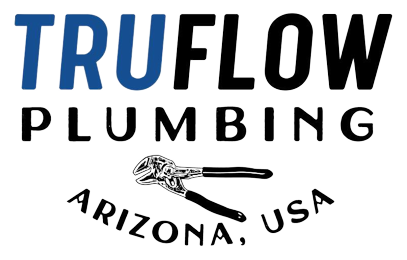Ever thought your home might have hidden supply issues that could cost a lot to fix? Knowing the signs of water supply problems is key to avoiding expensive damages. These signs can be anything from visible water damage to changes in water pressure.
Spotting these issues early can save you time and money. For example, if pipes under sinks look discolored, it might mean slow leaks causing moisture buildup. A strong sewer smell could mean a dry trap or a cracked vent line that needs fixing fast.
Low water pressure in different places often means sediment buildup or a leak in the supply line. Also, a sudden increase in your water bill could point to hidden problems like a running toilet. These can waste up to 200 gallons of water each day.
Key Takeaways
- Discolored pipes and water can indicate leaks, particularly at joints.
- The presence of sewage odors suggests blockages, often caused by dry P-Traps.
- Low water pressure in multiple locations is often due to sediment buildup in pipes.
- An abrupt rise in water bills may reveal hidden leaks or running toilets.
- Changes in wall paint, such as bubbling or discoloration, can signal moisture from leaks.
- Lawn discrepancies might indicate external plumbing issues or sewer line degradation.
- Frequent clogged drains often point to larger plumbing issues that need professional attention.
Common Indicators of Supply Issues in Your Home
Spotting plumbing supply problems early can save you a lot of money and time. Knowing the signs of common issues helps fix serious problems fast. One key sign is when water pressure changes, which happens to about 30% of homes.
Unusual sounds from well systems are another warning, affecting 25% of homes. These sounds often mean the pump is failing. Catching these problems early can stop bigger damage.
Changes in water color or smell affect 20% of well systems. These signs mean the water might be contaminated or have too many minerals. It’s important to check this closely.
Seeing water flow decrease in 18% of homes points to blockages or pump failures. It’s crucial to watch water pressure regularly. About 40% of homeowners don’t, which can lead to bigger issues.
For 60% of homeowners with symptoms, getting a professional check is a good idea. Low water pressure could mean a water main problem or a leak. In winter, a sudden drop in pressure might mean frozen pipes.
A sudden increase in water bills could mean a leaky toilet or other plumbing issues. Green spots in your yard might show sewer problems. Discoloration around pipes means there’s moisture, likely from a slow leak.
Stinky smells inside could mean a bad vent line or dry trap. Slow drains often mean tree roots in the sewer line, not just a clog. A wobbly toilet might have a failing wax seal or subfloor issues.
Being aware of these signs helps homeowners fix problems before they get worse. This protects your home from expensive damage.
What are signs of a supply issue in a home?
Spotting water supply problems in your home is key to avoiding big damage and expensive fixes. It’s important for homeowners to know the signs of trouble in their water systems. Here’s how to spot a supply problem in your home:
- Unusual Noises: Sounds like bubbling or gurgling from faucets can mean a big leak. About 15% of homeowners notice these sounds before they see any leaks.
- Discolored Water: Corroded pipes, especially in older homes, can turn water colors. Seeing discolored water is a warning sign for 10% of homeowners. Red or brown water means iron from corroded pipes, while green water means copper contamination.
- Increased Water Bills: A sudden jump in water bills, by 20% or more, can mean a hidden leak. This is a common sign of a problem.
- Low Water Pressure: If water pressure is always low, it could mean a leak or blockage. This is a sign for 25% of homeowners.
- Visible Structural Damage: Cracks in walls or floors can mean serious water damage. Fixing these can cost between $2,000 to $10,000, showing why early detection is crucial.
- Lawn Issues: Green patches or flooding in your yard might mean a leak in the water main. This happens even when you’re not watering, pointing to an underground problem.
- Clogged Drains: If all your drains get clogged at once, it could be a sign of a bigger issue. This is a clear sign of a deeper problem.
To understand how to spot a supply problem, watch for these signs. Regular checks and upkeep can help avoid big problems and protect your home.
Conclusion
Recognizing signs of a water supply issue in your home is key for safety and function. Look out for changes in water clarity and pressure. Also, listen for unusual sounds and watch your water bills.
Homeowners should check plumbing lines weekly for small problems or repairs. Regular checks can catch issues like brown or rusty water. This might mean pipe corrosion or other serious problems.
High water bills can mean leaks, and slow drainage might show blockages. Acting fast is important. A sudden increase in bills could mean a leak or a broken water line. Low water pressure can drop by 40-60% with big water line issues.
Regular checks and quick action can keep your plumbing system working well. If you’re unsure, get help from a plumbing expert. They can fix problems fast and right.
Being informed and proactive helps keep your home safe and working well. This saves time and money in the long run.
